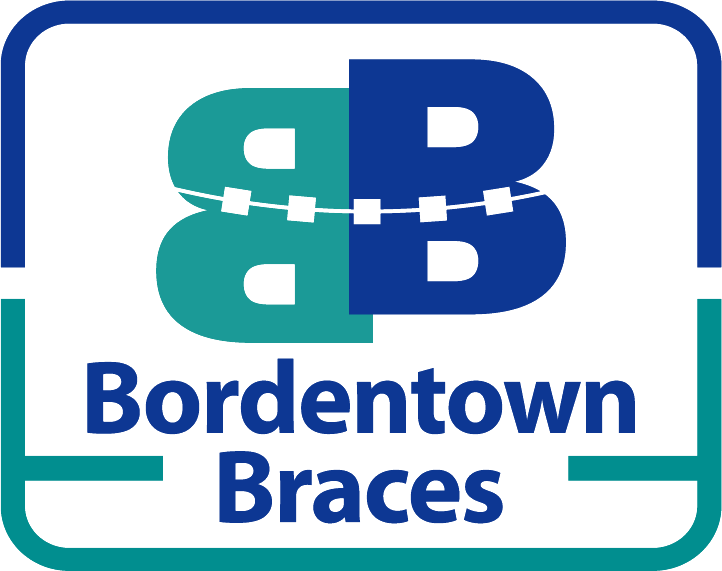
The Basics of Pediatric Braces
Pediatric braces are a treatment for children who have jaw or teeth misalignments. Kid’s braces are installed by an orthodontist who will continue to treat the child until the treatment is over. Depending on the type of orthodontist you go to, they can remain the primary treatment source well into adulthood as well.
The process of getting pediatric braces differ a little from getting adult braces. What can you expect from the first orthodontist visit onward? Let’s find out!
What Happens at The First Visit to the Orthodontist?
You know precisely what happens when you take your child to the dentist for routine exams and procedures, but what happens at the orthodontist?
The first visit will include a thorough examination of your child’s jaw, teeth, and mouth by x-ray. During the x-ray, your orthodontists will be able to see exactly how the teeth are positioned. They’ll also be able to see if there are any permanent teeth that are ready to grow in.
Your child might be asked to bite their teeth together as well, so the orthodontists will be able to see any obvious signs of misalignment. Your child will be asked if they have any problems swallowing, chewing, and if they’ve ever had popping or clicking noises of the jaw.
Next, the orthodontist will take a mold of the teeth. This involves filling a tray with gooey material and pressing it on your child’s top and bottom teeth until the mold hardens. This is essentially a replica of your child’s teeth that helps the orthodontist decide the best treatment options for them.
Types of Pediatric Braces
After your orthodontist determines the problem of your child’s teeth, you’ll have a few different options for braces to choose from. Of course, if your orthodontist recommends a specific type of braces, you should follow that suggestion. The four main types of braces are traditional, self-ligating, ceramic, and invisible braces.
Traditional Braces
Traditional braces are the most common type of braces that you’ll see many children wearing. These are the metal braces you’re used to seeing. Metal braces straighten your child’s teeth using brackets and wires. The nice part about metal braces for children is that they have the option to add colorful elastics. This is a nice feature since kids generally enjoy colorful, customizable options in clothing. They’ll be able to wear their favorite color on their teeth.
Ceramic Braces
Ceramic braces tend to be trendy with teens who are concerned about their appearance. These braces are made of transparent materials and are less visible than the traditional style of braces. They are essentially made to blend in with your tooth color. One important thing to note with these types of braces is that they are a little more brittle than traditional metal braces. This means that they require more attention and care.
Self-ligating Braces
These braces are similar to traditional braces. They are made from the same materials as the metal braces but don’t require elastic ligatures (the colorful “rubber bands”). Instead of the ligature, they use a specialized clip to hold the wire in place. This means your child will have fewer adjustments and less friction on their teeth.
Invisible Braces
There are two categories of invisible braces. This includes Invisalign and Lingual braces.
Lingual (on the side of the tongue) braces have the same components as traditional braces. However, they are attached to the back of the teeth instead of the front. Since they’re behind your teeth, they are almost invisible. This is also a popular method for teens.
The other type of invisible braces is Invisalign. These are clear, removable trays made from acrylic that work just like braces. Since there are no metal components to Invisalign, there is no risk for abrasions of the mouth, as in the case of their metal counterparts. Invisalign trays are also able to be taken out by your child instead of having to have them removed by an orthodontist.
If choosing Invisalign treatment, make sure your orthodontist carries Invisalign Teen like Bordentown Braces in New Jersey.
Length of Treatment
How long your child will need to wear braces depends on the type of problems they have. The average length of time for braces is about two years. After that, your child might be instructed to wear a retainer that is specially molded to fit their teeth properly. Retainers are used to keep your child’s teeth straight and prevent them from moving back to their original place.
Caring for Pediatric Braces
It’s extremely easy for food to get stuck in traditional braces and any other type of braces that can’t be removed. In simpler terms, if your child isn’t using Invisalign, the risk of food getting stuck is dramatically increased.
Children have to brush after every meal, and they need to incorporate daily flossing in their routines. Your orthodontist might even give your child a special flosser that they can use instead of the traditional floss. You also need to make sure you take them to get regular dental cleanings and checkups.
A change in your child’s diet might have to occur if they’re used to eating hard, crunchy, and sticky foods. This can include snacks like popcorn, gum, and taffy. If your child is wearing an invisible aligner, it’s crucial that they always remove it before eating and drinking anything besides plain water.
Lastly, any loose wires or brackets should be checked out by your orthodontics immediately. Wires can cause abrasions in the mouth which can lead to infection or simply just be a painful experience for your child.
Conclusion
If you’re looking for an excellent pediatric orthodontist in NJ, you can try Bordentown Braces. They specialize in treating misalignment issues in children and teens. They have multiple locations, so finding an orthodontist in central NJ won’t be a problem! Whichever office you choose to take your child, you can be assured that you are making the right choice for the future of your child’s oral health and their confidence.
